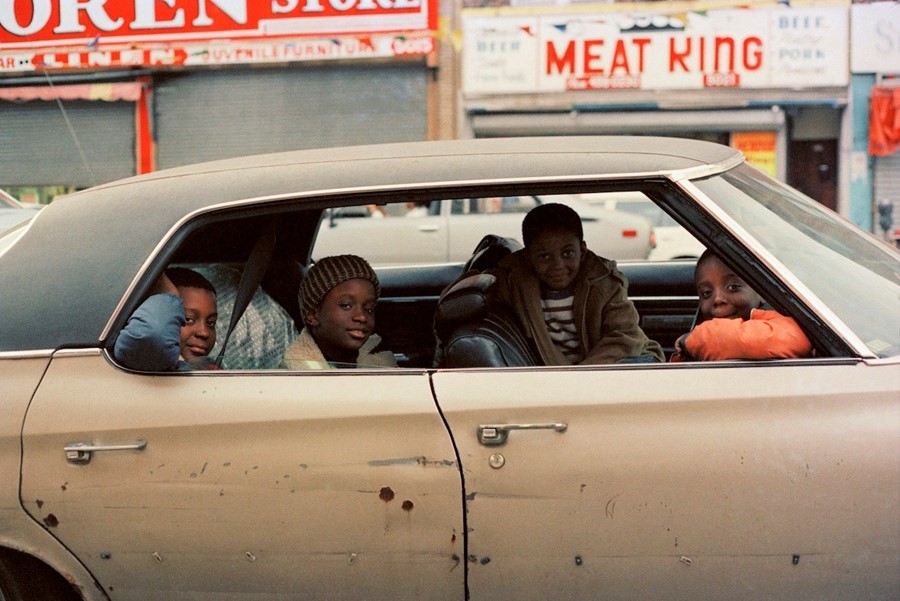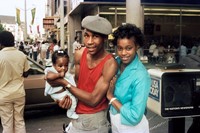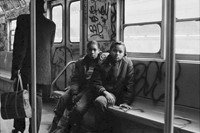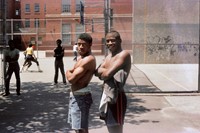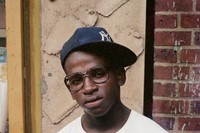The born-and-bred Brooklyn photographer discusses his documentation of 1980s New York, his innate “love for humanity”, and the importance of inner-city community
When American photographer Jamel Shabazz looks back on his vast body of work, he is, in a sense, able to time-travel. “I see my love for humanity at a greater level beyond anything I could have ever imagined,” he tells AnOther from his home in Brooklyn. “I’m able to go back in time as a young man and look at my past and my love for my society.”
Shabazz’s work from the 1980s – which largely came out of his love for his community in New York City – will be featured in the new exhibition Photographs by Jamel Shabazz: 1980-1989 at Galerie Bene Taschen in Cologne, Germany. His documentary-style approach to photographing people and various scenes on the streets of New York’s five boroughs made him an internationally-acclaimed photographer – widely known for capturing youth culture and the raw energy that comes with it.
His eye usually honed in on the distinctive characteristics of the people he met – and he had a keen sense of who would be up for having their photograph taken. “What draws me to them is the positive energy that they resonate from their presence,” he says. “I was really drawn to people that could help me make the neighborhood a better place. I looked for that alpha male who had leadership ability and had the respect of the community: someone to help me speak about the violence going on and how we need to improve our community. Oftentimes it would be that person who dressed well. And I knew if a person dressed well, they would be more open to being approached and be photographed and engage in conversation.”
The photographs in this exhibition depict New York City’s youth dressed in casual clothing that could still be worn today. But more than just fashion, Shabazz has always aimed to shoot different expressions of love: for example, in Saturday Night Live, Times Square, six young people pose around a boombox and four of them have their arms around each other. In Fly Girls, two young women in polo shirts with matching poses have their hands on their hips and a slight lean to the side – both are sharing a moment of happiness together. In fact, Shabazz says that what inspires him more than anything is – and continues to be – love. When asked what he misses most about the 1980s, he responds with, “I miss the love. Love was ever-present.”
Love songs and jazz have done a lot to motivate the photographer throughout his career. “I grew up with love songs. There’s a whole lot I appreciate: Heat Wave, Always and Forever, The Isley Brothers, Smokey Robinson’s Quiet Storm, Tina Marie. I could go on and on. The one love song that resonates with me – and it’s the song I listen to often to get inspiration – is by a young woman who committed suicide. Her name was Phyllis Hyman and it’s called Gonna Make Changes. It’s about people taking their position and using their gifts to make the world a better place. It’s the music that really inspired me to capture love,” he admits.
Where does Shabazz discover these scenes of love happening before his eyes? None other than the green oasis of Prospect Park. This urban refuge has remained one of his favorite places where he engages people in conversation and an impromptu photo shoot.
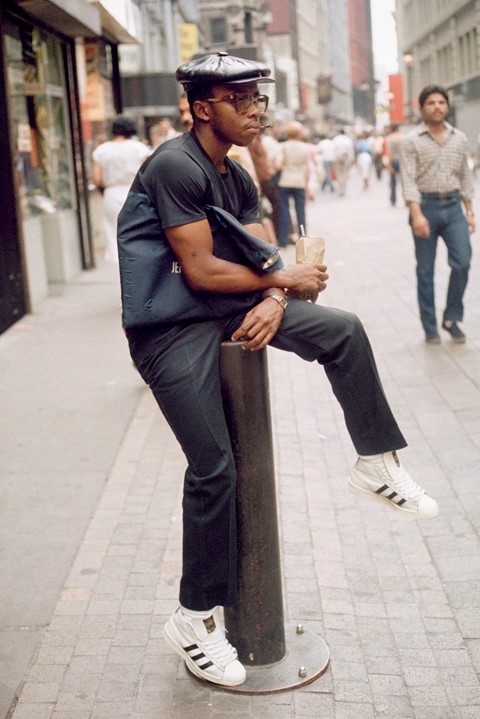
“It served as that special place where I can escape the concrete of the street and noise and explore this 526 acre place right in the heart of Brooklyn,” he says. “There you find love, joy and all the elements I look for in a photograph. What makes Prospect Park special is the diversity of different communities.”
After all, communication plays an important role in the beauty of many of Shabazz’s images; the interaction that takes place before, during and after he does a shoot. Shabazz has admitted that for a number of the people he’s photographed, he’s also declared a few words of endearment.
“In many cases, I tell them [people in the photographs] I love them,” he confesses. “That’s why you see their smiling faces. I don’t have a problem saying it. Because I know a lot of young people need to hear that. I came from a time when we said that to each other. You’re already seeing the love not even realizing it after the photo was taken and we ended the session and we’re about to depart. I’m letting them know that I love them – and the smile gets even bigger.”
Photographs by Jamel Shabazz: 1980-1989 is on view from March 19 to May 28, 2022 at Galerie Bene Taschen in Cologne, Germany.
